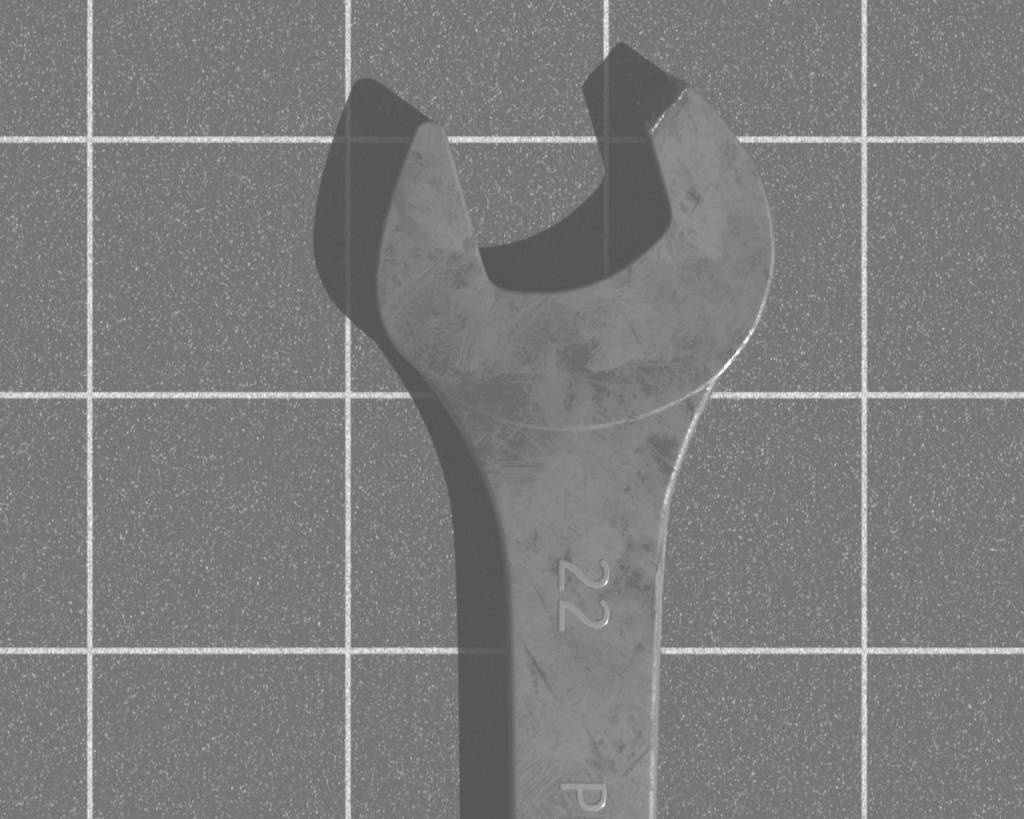
Medabsy (UG) is a startup founded in 2022 in Dingolfing, Germany. Maximilian Grau – one of the three founders – and mechatronics and precision engineering graduate with multiple years of working experience as a full-time system integrator in machine vision, saw pressing issues with the current way feasibility studies are conducted. Since in machine vision, there is no such thing as a one-size-fits-all solution, every single system is a carefully crafted, custom-tailored setup. These setups must first be designed, engineered and, in a smaller-scope, test environment verified to see if they meet the project’s requirements or not. There are multiple problems with this practice:
- First: it is dependent on hardware which often has to be ordered first, causing unforeseeable delays.
- Second: it is tedious and clumsy. In order to determine the best possible lighting setup, for example, using duct tape and rubber straps to fit different types of lamps in the test system is far from unheard of.
- Third: it is inflexible and comes with a lack of options. It’s simply impossible for any machine vision company to have access to all the available optical components on the market. So, the best possible, most cost-effective solution might stay undiscovered.
- Fourth: it is all unpaid. Days, weeks and sometimes even months of highly paid engineer man-hours are sunk in designing the test setup and, worst case, the result is that the project cannot be handled with the resources at hand, leading to cancellation of the project before it even starts.

The Founders
With the obvious opportunities to improve on these problems with digital simulation technology Medabsy starting with its mission of digitalizing machine vision. Maximilian reached out to full stack web developer, computer vision enthusiast and acquaintance from his days back at university, Richard Metzler. After a brief period of trying possible approaches, working on minimalistic prototypes and market research, they found that there is a product waiting to be developed that can vastly decrease costs for machine vision projects during their most significant phase – the feasibility study. Soon after, they asked international business graduate Trang Nguyen, a former classmate with extensive experience in customer relations, to fill the competency gap on the business and finance side of things the startup was born. On January 2022, Medabsy UG was officially registered.

Simulation of Machine Vision Systems
The idea was to create a 3D software solution for simulation of machine vision systems. The basic concept of the software is simulating cameras, objectives and light sources according to their publicly available technical data sheets. Combined with a vast library of different materials and their physical properties regarding reflection, refraction, absorption and dispersion of light, digital twins of real life machine vision systems – already existing or still under development – can be arranged with just a few clicks.
The individual components of the vision system’s digital replica can be re-arranged, swapped and edited with absolute ease. The goal is to create photo-realistic, synthetic image data from the camera perspective via computer graphic technologies such as ray tracing and image rendering. These basic features can already be accessed in the working prototype that is currently available on the Medabsy website. For the future, the company plans to constantly extend the library of optical components. Furthermore, they wantto enable virtual damage generation for objects that are to be inspected by the vision system. With synthetic images of classes of damage on objects that i.e. determine whether a manufactured product is good to be sold (OK), nor not (NOK), the image processing software that will later be deployed in the real life system can be refined beforehand, leading to significant reductions in commissioning and maintenance time later on.
The platform provides a web- and cloud-based software solution, eliminating the need to install anything on-sight. It is a basic interactive 3D editor, providing user-friendly designed features as well as large libraries of optical components, materials and damage simulation procedures. Medabsy’s journey is only just beginning, but the company aims to serve three major market segments: System integrators planning and realizing machine vision systems, sales departments of manufacturers of optical components and supplying training data for custom AI and machine learning systems.
Location: ?
Year founded 2022
Founder(s): ?
No. of employees: ?
Commercial status: (pre-revenue / revenue / profitable)
